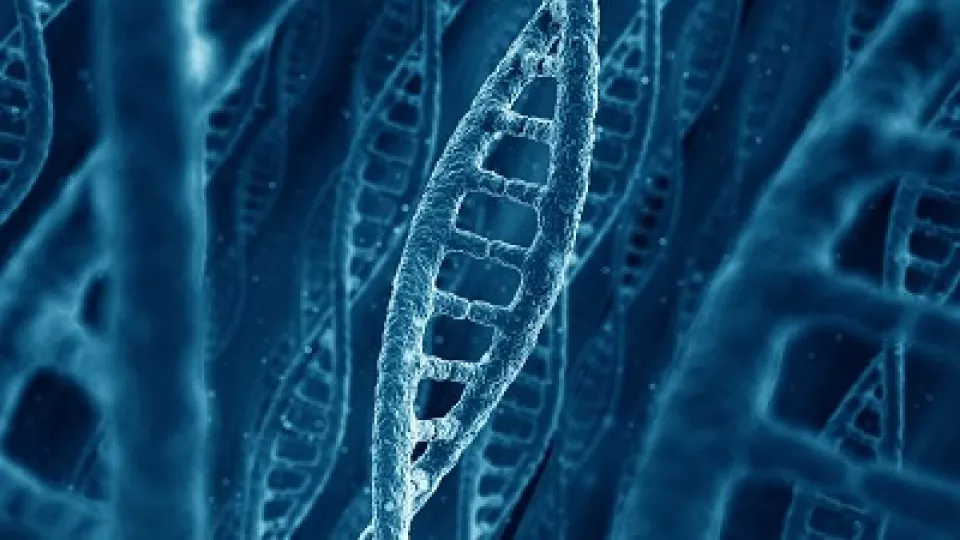
Short Bowel Syndrome Results in Changes to Gene Expression
Investigators at Children’s Hospital Los Angeles, led by Tracy C. Grikscheit, MD, have mapped the genetic changes resulting from short bowel syndrome (SBS) using a novel zebrafish model and by performing intensive gene sequencing. This approach to determining which genes are markedly over or under expressed in SBS may assist scientists in developing future therapies for children and adults with this condition. Results of the study are published in BioMed Central Genomics.
Necrotizing enterocolitis in premature infants, Crohn’s disease in children and adults and trauma can necessitate the removal of significant quantities of small intestine resulting in SBS and subsequently, in the body being unable to absorb nutrition from food because of an inadequate length of small intestine. In children, the incidence of SBS is almost double that of childhood cancer and the mortality rate at 5 years following surgery is approximately 30 percent. Until now, the morbidity and mortality associated with SBS has been related to malnutrition and liver fibrosis from intravenous nutritional products. In this study the researchers sought to determine systemic effects attributable to the disease process alone.
The research team conducted the study in zebrafish, using a validated SBS model created in the Grikscheit laboratory. This model allowed the investigators to study matched samples of small intestine from zebrafish who had bowel surgery and those who underwent “sham” or control surgery. According to first author, Kathy A. Schall, MD, “Most studies of SBS focus on the epithelial cells that line the intestine but this model allowed us to focus on systemic effects and the associated genetic alterations responsible for those effects.”
The paper reports that 29 fish had intestinal surgery compared to 28 fish that received sham surgery. After two weeks, a time previously determined to be associated with maximal stem and progenitor cell activity, RNA-sequencing analysis was performed. Zebrafish with SBS had 1346 significantly upregulated genes and 678 significantly downregulated genes compared to sham-operated controls. The upregulated genes were related to processes that include cell proliferation, acute phase response signaling, innate and adaptive immunity, bile acid regulation, production of nitric oxide and reactive oxygen species, cellular barrier maintenance and coagulation. Downregulated genes were associated with folate synthesis, gluconeogenesis, glycogenolysis, fatty-acid oxidation and activation and drug and steroid metabolism.
“We’ve identified marked changes in several metabolic pathways – including some that had previously been considered an effect of intravenous nutrition,” said Grikscheit, who is also a tenured associate professor of surgery at the Keck School of Medicine of the University of Southern California. “Knowing that these alterations are caused by SBS in the absence of intravenous nutrition provides us multiple targets for developing new therapies to modify these effects. Instead of digging in random places we now have a map to follow in our search for therapeutic approaches for SBS.” Grikscheit adds that a reduction of just 10 percent of U.S. patients requiring home intravenous nutrition for SBS would result in an estimated saving of nearly $800 million in health care costs.
Additional contributors to the study include Matthew E. Thornton, Mubina Isani, Kathleen A. Holoyda, Xiaogang Hou, Ching-Ling Lien and Brendan H. Grubbs of The Saban Research Institute of Children’s Hospital Los Angeles and USC Keck School of Medicine. The study was funded in part by the 2014 CHLA CIRM Training grant (8236-TCS008566) and the 2015 Broad Clinical Fellowship sponsored by the Eli and Edythe Broad Foundation (8237-TGA009320-00).


